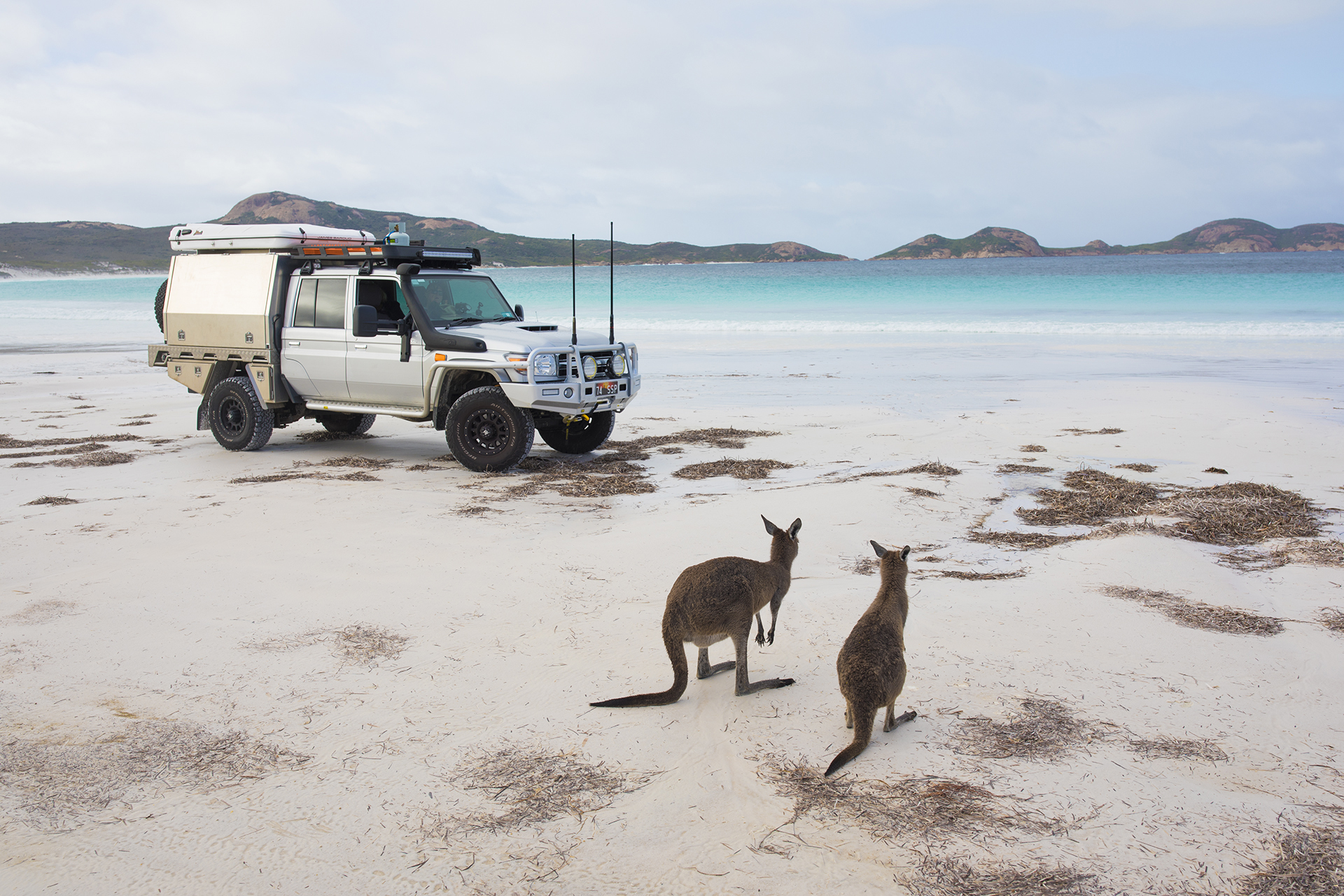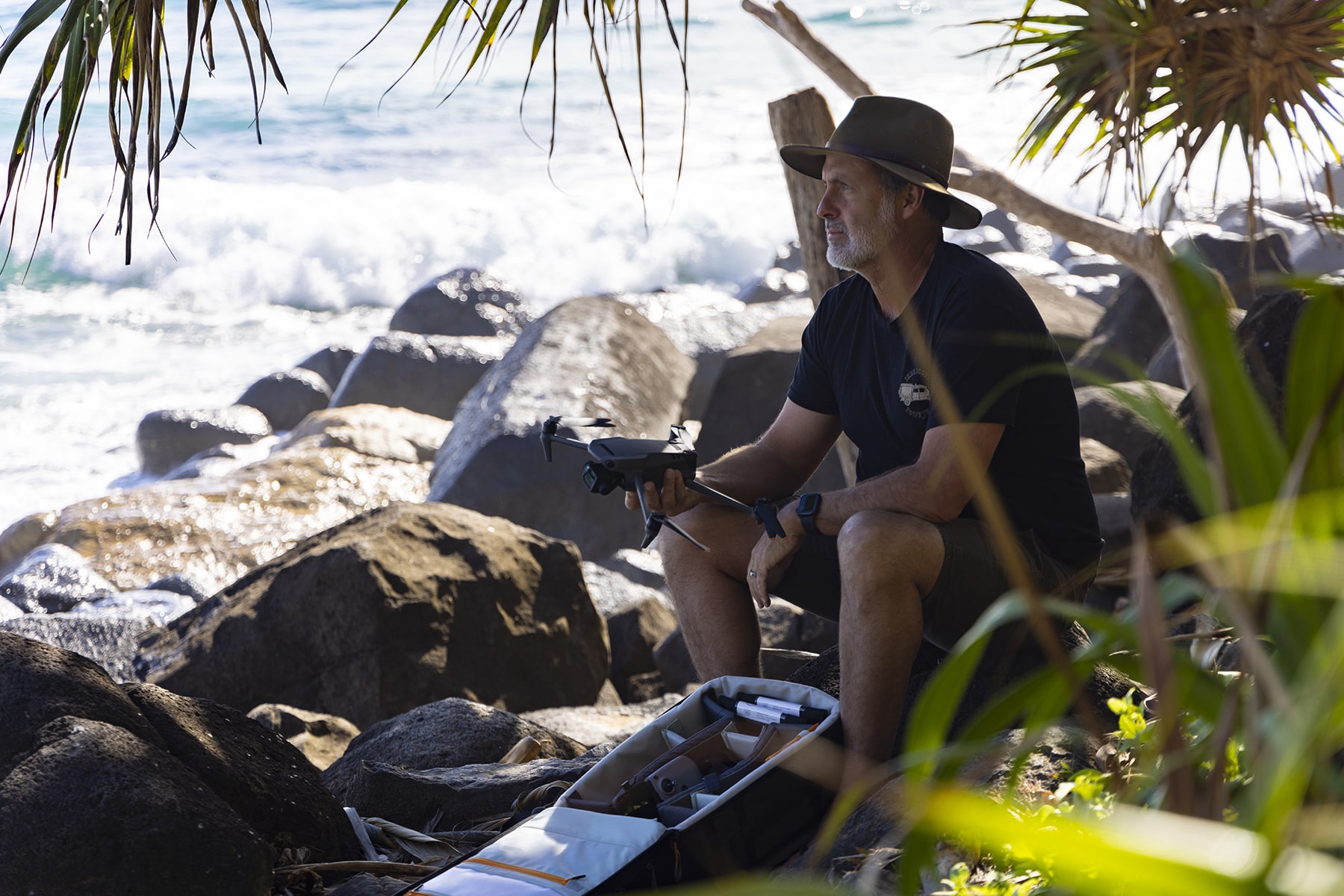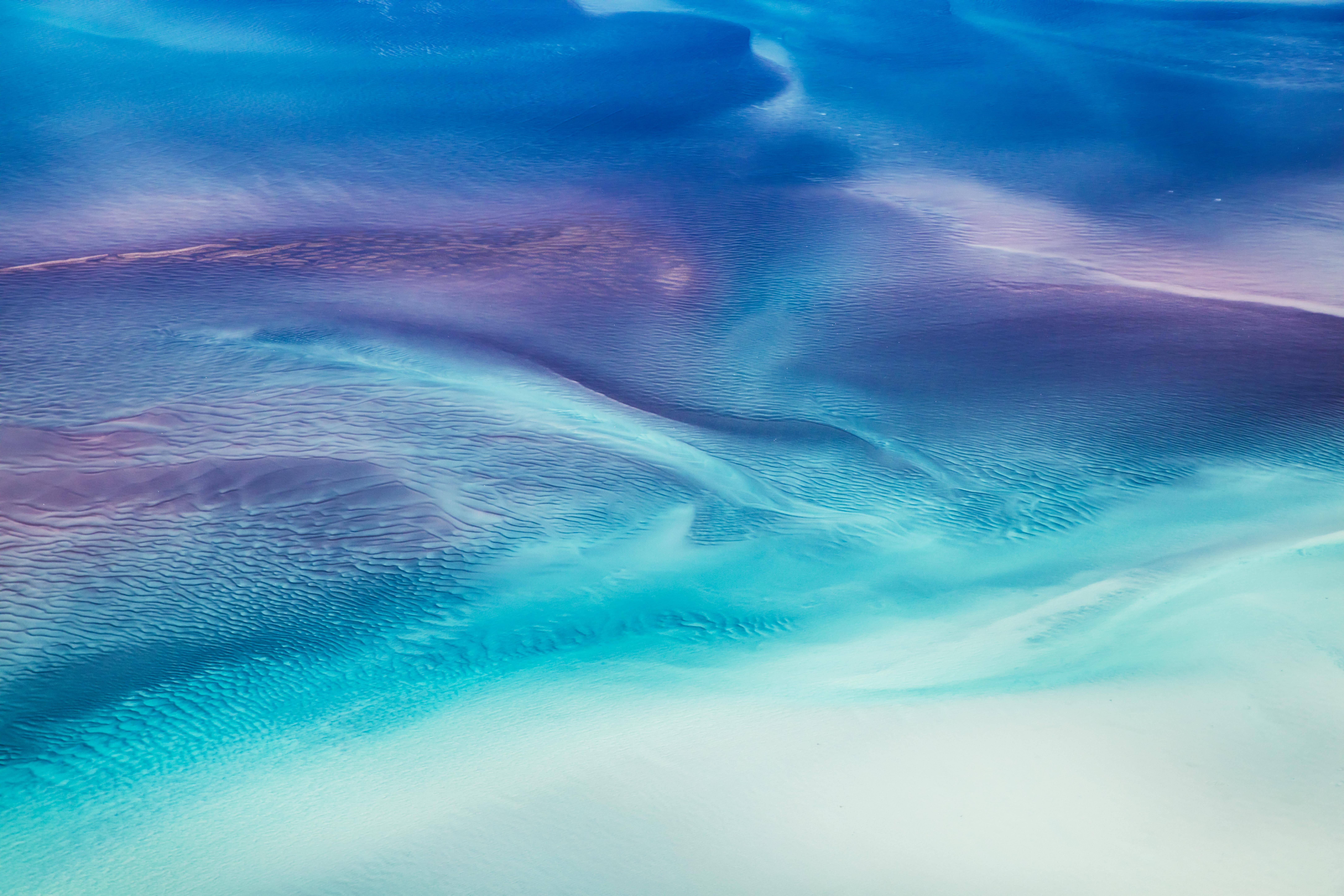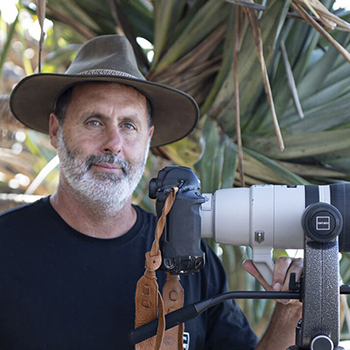SEA SCAPE PHOTOGRAPHY : HOW TO CAPTURE THE PERFECT IMAGE
30.03.2022 | Reading time: 10 minutes
Author: Sean Scott
Seascape Photography
For as long as I can remember, I have been fascinated by the ocean and have made a living out of selling seascape images.
But there is more to it than simply taking a photograph.
“There is something very special about seeing a low pressure system develop 1000s of kilometres away creating huge ocean swells and then trying to work out the best location with the right weather conditions to meet these waves as they hit our coastline. When everything falls into place, I am joined by the surfers who have also been anticipating and awaiting their arrival to dance with them to the end.“
- Sean Scott
What is Sea Scape Photography?
For me, Sea Scape images can be anything that captures the ocean and our coastline. Living in Australia, we are blessed with a beautiful and abundant coastline with multiple opportunities. Whether that be looking for those perfect waves or a moody sunset with a rough and wild ocean. I learnt early in my career that people are attracted to the coastline. Whenever something special was happening, I would see crowds of people lining up along the coast to marvel at the incredible ocean. I noticed this ranged from the young to the old and all types of people in between. It also captured my imagination, and it was an obvious step to start taking sea scape images.


Equipment for Sea Scape Photography
I have a large range of equipment I use, and it all depends on the location and type of image I have in mind. If I am moving, and I am chasing surfing images, my go to has always been the Gitzo Monopod. This with my Canon R5 and 100 - 500 mm RF lens is the perfect combination. It allows me to move quickly and adapt very fast to changing situations. You still have to be careful with the shutter speed you use, but the monopod allows a lot more stability than being handheld. If I am shooting long exposure sea scape images, then my go to setup is the Gitzo Mountaineer Tripod with the Ball Head. This is a great combination that is quick to set up, light to carry and very stable for my long exposure images. I personally like Gitzo Ball Heads because they are very quick to adjust the camera to be level in almost any situation. If I am away travelling and hiking, I also use the Gitzo Traveler Tripod kit with the ball head. It’s easier to pack and lighter if I am hiking a long way. I also use Lee Graduated filters for my sunrise and sunset images to even out the exposure, and add an ND filter for the times I want a longer exposure.
Sometimes I shoot my sea scape photography with drones and love to get into the ocean with my water housings to get a different point of view.




How to Plan Sea scape Photography
The weather here is the key. Depending on the location and the image you’d like to create, things will vary dramatically. I often love to shoot beautiful sunrises and sunsets over the ocean, so knowing where and when the sun is going to rise/fall is critical. I use an app called TPE (The Photographers' Ephemeris). It gives you all the angles of the sun and moon rise and fall, as well as the times. The tides can also play an important part, and you have to know exactly where you are going to shoot and what tide will look best. The wind plays a big role in my surf images. An offshore wind that blows from the coast out to sea offers the clean, perfect looking waves which I love to shoot. On the other side, huge stormy winds create fascinating images as well. They stir the ocean up and, with some creative ideas, can result in magnificent looking images. My favourite is when everything comes together: the ocean, swell, winds, and light. This is when the magic happens, and getting all of these to happen at the same time has inspired me to continually search for such events.


How to capture the perfect seascape image
Once you have found yourself in the right place at the right time, and you have all the equipment you need, it's then down to having a creative eye and starting exploring all the possible angles there are to capture the image you have in mind. It’s very important that you know how to use your equipment so that it all becomes second nature and you can focus on the photography. One great example is with the Mountaineer Tripod I sometimes want to set my camera very low, so by being able to remove the middle pole, I can get flat to the ground in seconds. There really is no wrong answer to how you photograph a sea scape image and I have found that just by being out there searching, it opens your eyes to all the beautiful images that are around you.




Sean Scott
Sean Scott is an Ocean Landscape photographer based in Burleigh Heads Australia. As an ambassador for Tourism Australia Sean’s spend a great deal of the year exploring all over Australia from the remote areas of Australia’s Outback to underwater on the Great Barrier Reef...

























